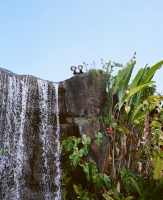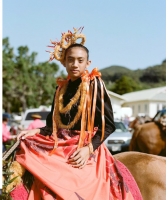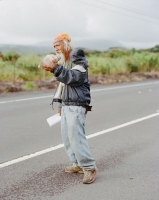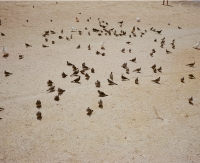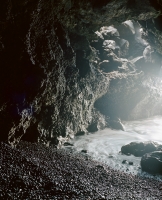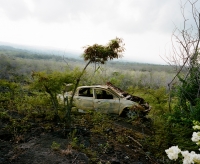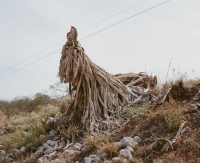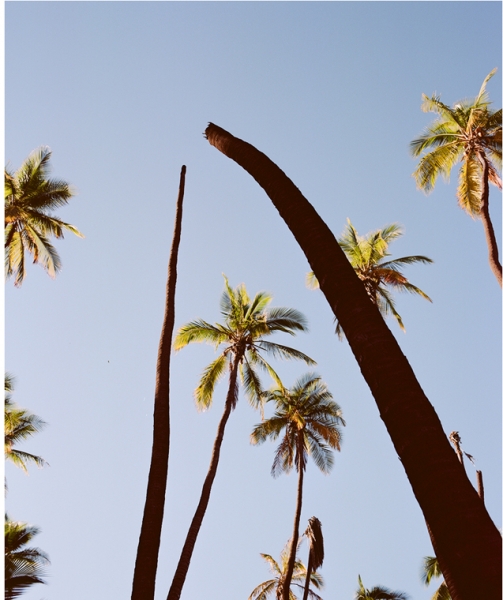E oni wale no 'oukou i ku'u pono 'a'ole e pau.
-- Kamehameha I, May 8, 1819
Between 2011 and 2015, I returned to the land of my ancestors to explore my familial and cultural roots. The Hawaiian landscape, at first only vaguely familiar, has become a map of my own history, both imagined and inherited.
Once a sovereign nation, unilaterally annexed by the United States in 1898 in what many consider to be an illegal act, Hawaii still bears the deep markings of Western imperialism.
Hawaii’s complex collective identity is hidden from view, yet becomes palpable as one looks through the eyes of history, and the lens of cultural assimilation and appropriation.
The resulting photographs, a collection of cues and markers, navigate the fabricated realities of the landscape. Just barely beneath the surface, the complexity manifests in physical features, social constructs, and the emotional milieu of the islands and it’s people.



